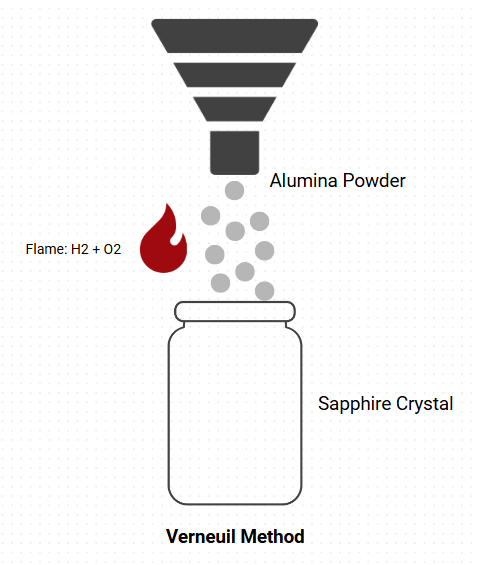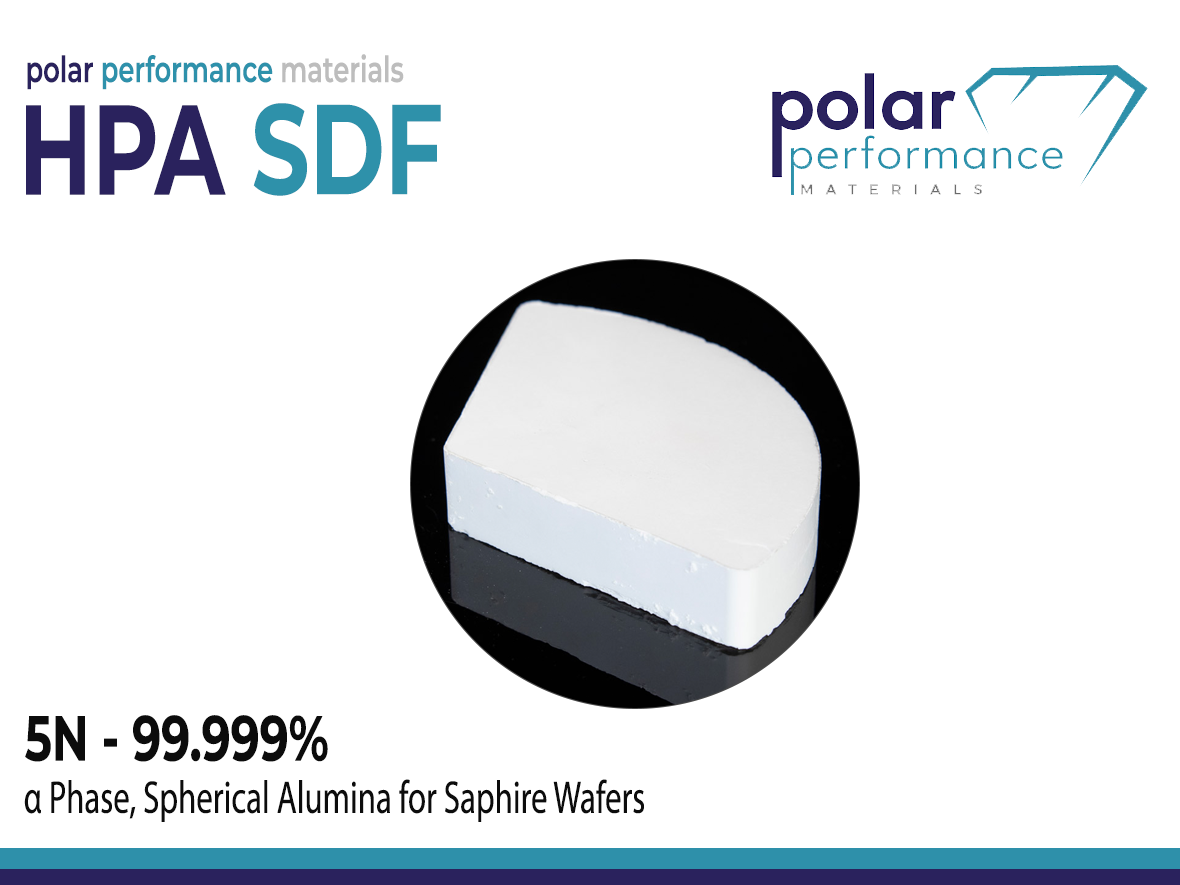HPA-SDF | 5N Purity Alumina
- 5N purity (99.999%)
- 6 - 12um particle size
- Ideal for Saphire Wafers
Product Description
HPA-SDF is an alumina material available in pucks and beads of the highest purity, boasting a 5N (99.999%) purity level. It has a spherical morphology and a surface area of 6-12 m²/g. This advanced material is meticulously crafted to satisfy the rigorous requirements of semiconductor manufacturing, delivering unmatched performance in applications that demand high temperature and high purity. The D50 particle size is in the range of 40-50 µm, ensuring consistent performance across various processes.
HPA-SDF comes with spherical morphology, bringing several benefits to different applications. These properties make it suitable for semiconductor wafer polishing, electronic substrate production, and high-performance ceramic parts. The alpha phase’s natural qualities ensure the material keeps its structure and functionality under extreme conditions, enhancing the reliability and lifespan of the final products.
Technical Specifications
| General Properties | |||||||||||
| Density (g) | 0.5 - 0.6 g/cm3 | ||||||||||
| Morphology | Spherical | ||||||||||
| Particle size (D50) | 40-50 um | ||||||||||
| Purity | 99.9999 % | ||||||||||
| Surface Area | 6 - 12 m2/g | ||||||||||
| Chemical Properties | |||||||||||
| Phase | α | ||||||||||
| Other Properties | |||||||||||
| |||||||||||
Additional Information
| Purity | Key Element concentration (ppmw) | ||||||||
| Na | Mg | Si | Ca | Ti | Cu | Cr | Fe | K | |
| 5N | <4 | <1 | <3 | <3 | <0.5 | <0.5 | <1 | <1 | <0.5 |
HPA and Synthetic Sapphire
Natural sapphire is one of the toughest and most durable substances on earth. It is a form of aluminium oxide, which is why high purity alumina is the critical and primary ingredient for manufacturing synthetic sapphire. Synthetic sapphire holds the same properties and strength as natural sapphire gemstones, but without the colouring agents. Aside from its superior strength, other key properties of synthetic sapphire include scratch and corrosion resistance, chemical stability, the ability to transmit in UV, visible and infrared wavelengths, and the ability to withstand extreme temperatures. It is an ideal material for creating scratchproof glass for smartphones and premium watch faces.
How Synthetic Sapphire is made?
Verneuil method is a well-established technique for growing single crystals of oxides that have high melting temperatures. The largest application of the technique is for the growth of sapphire and ruby. One of the most crucial factors in successfully crystallising is obtaining highly pure starting material, with at least 99.9995% purity. In the case of manufacturing rubies or sapphires, this material is alumina. The presence of sodium impurities is especially undesirable, as it makes the crystal opaque. Depending on the desired colouration of the crystal, small quantities of various oxides are added, such as chromium oxide for a red ruby, or ferric oxide and titania for a blue sapphire. Other starting materials include titania for producing rutile, or titanyl double oxalate for producing strontium titanate. Alternatively, small, valueless crystals of the desired product can be used.







